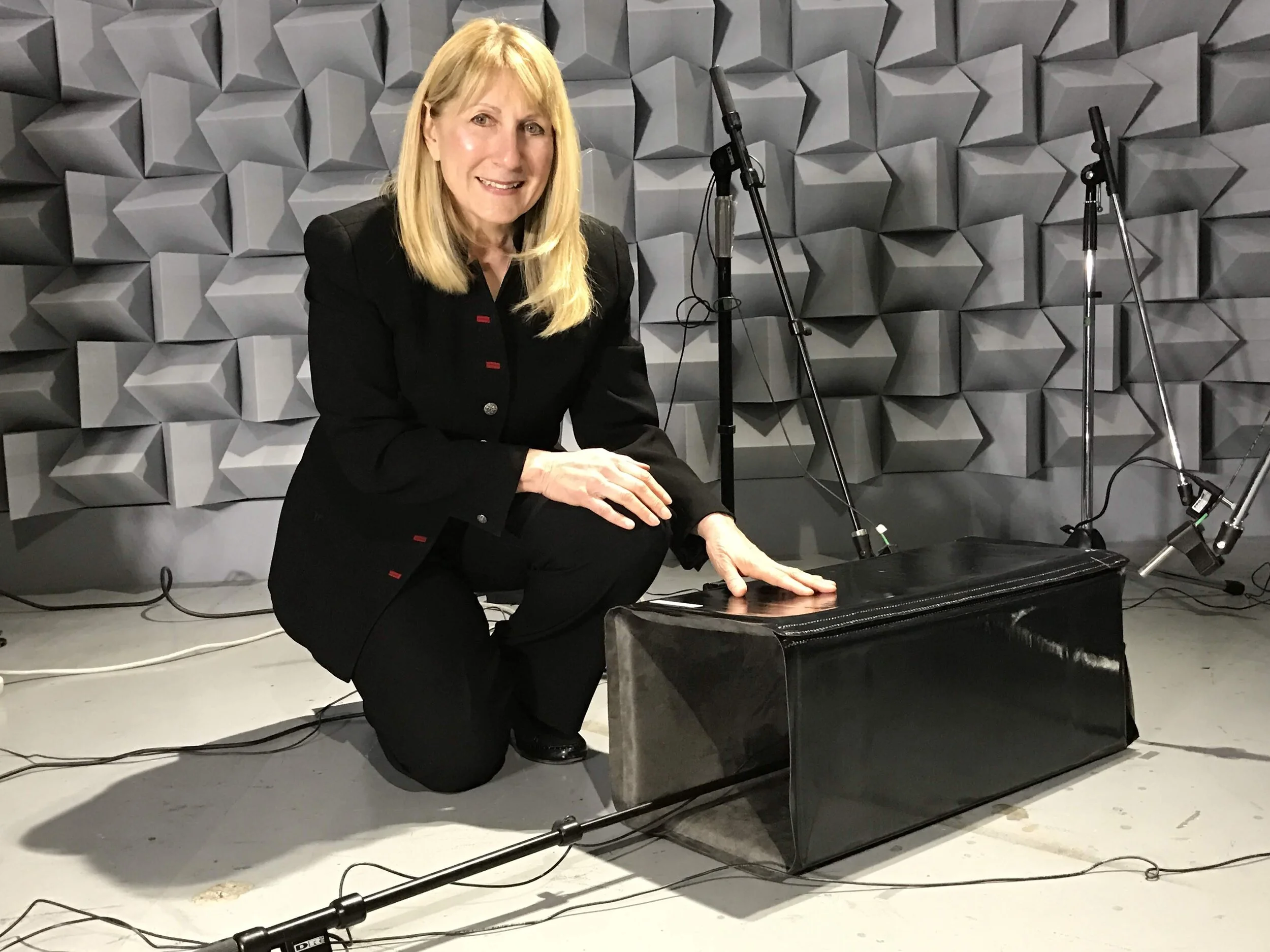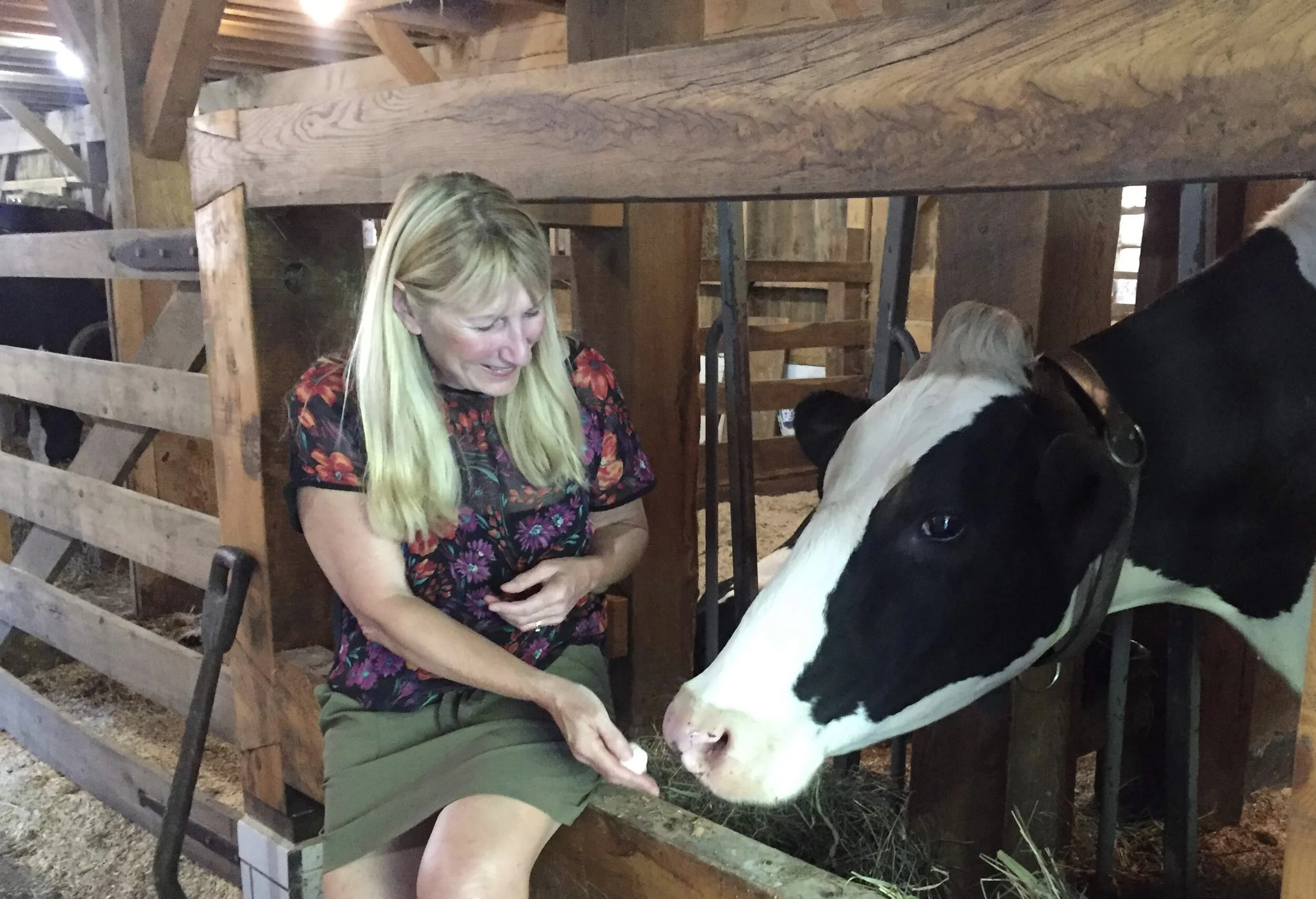Learn as much as you can about the breed or adoption ahead of time.
When you go to your first veterinarian check up, discuss what you’re feeding your puppy and evaluate what is best for her.
Have a crate ready for training, sleep and nap time so that your puppy can learn to rest and self-regulate feelings of separation when you need to go out. It’s tough love but it will keep your puppy safe. Play our Pet Tunes Canine music to keep puppy calm.
Have puppy-appropriate chew sticks and other chewing toys available for your dog especially when she goes though the teething phase. This is good for avoiding your shoes getting chewed up.
Create a daily routine for your puppy that suits your schedule. Dogs like routine.
Introduce your dog to other people to help socialize them.
Bring your puppy to a commercial street to get used to the sounds of traffic and unexpected noises. Verbally reassure your puppy that everything is okay!
Talk to your dog and start teaching her words that are identified with items. Every dog is very smart!
Sign up for puppy training classes. This will be fun for your puppy and very informative for you.
Give your puppy lots of quiet time and cuddles to deepen your person-puppy bond for a lifetime of confidence, balance and wellbeing.
We are hearing from many new customers who are adopting from shelters and bringing puppies into their home during the time of Covid-19. We wanted to share our top 10 tips to give your puppy her best start in life with you and your family.





















